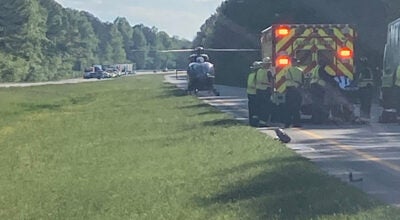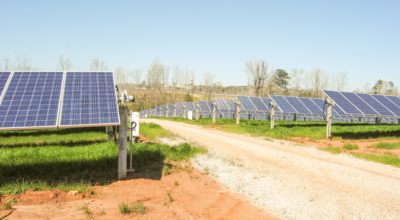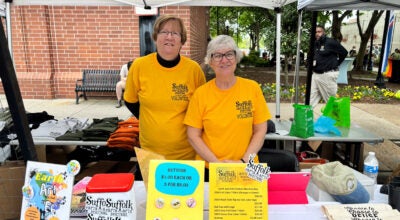‘Paper streets’ cause confusion for residents
Published 6:13 pm Thursday, July 4, 2019
Suffolk city officials sought to clarify regulations surrounding paper streets at a recent City Council meeting.
Paper streets are streets that appear on a map, but have not been built. Deputy City Manager Scott Mills said the streets are laid out, and in some cases, dedicated or reserved, but are never built. Whether on public or private land, Mills said these paper streets have legal status.
City Manager Patrick Roberts told council at its June 19 meeting that it is a citywide issue. In the older and developed areas of the city, he said, paper streets are generally located in areas that were platted in the first half and middle of the 20th century.
As homes were built along dirt roads or private roads, and as the city continued to develop around them, it runs into issues where residents want to redevelop properties, or develop on vacant lots that do not front a city street.
“It becomes a matter of contention for a lot of people,” Roberts said.
Mills explained how the city defines paper streets, how it advises residents who live on them and the suggestions the city offers for those residents.
He cited city code that notes that no street “shall be opened, recognized or accepted by the city” unless the street is graded, drained by the installation of curbs, or curbs and gutters, as well as storm sewers, and they have a minimum width as required in the subdivision ordinance, or have a sanitary sewer and a water main.
“Not until those things are done would those streets be recognized as a street for development,” Mills said.
He showed examples of paper streets in Driver and Pughsville, as well as in an area south of Nansemond River High School, and in isolated areas of Holland and downtown.
Roberts said residents will learn that they own a piece of property that has some inherent value and want to develop or sell it, but they are limited in their options on what they can do with it.
“We have to say, ‘You really don’t have any development rights on this property because you don’t front a public-improved street,’” Roberts said, and added that “in order to build on it and develop it, you have to improve the street out front.”
Residents, he said, have an expectation that because it is a street, the city will come and pave it so they can build their home.
“I can just tell you, that’s not a reasonable expectation that the city, through our capital plan or otherwise, would go out and develop streets upon request,” Roberts said. “It’s just not something that any local government can take on in any reasonable way.”
Councilman Mike Duman said that it’s possible for a developer to build on it because it would have the money to make those improvements to the street.
“That’s just a matter of money,” Duman said. “The developer is in a position to spend that money, to improve the street, to put in the curb and to put in the drainage to make sure the infrastructure is there. So it’s not technically that an individual can’t, because it’s just one lot, and it wouldn’t be feasible to do that.”
Roberts said that if a resident can meet all of the regulations and has the money to invest to upgrade it, “you can build on these properties.”
Mills said residents have been getting the same message for the last 25 years.
Councilman Lue Ward said he hears from Pughsville residents on a regular basis about paper streets and wants city officials to speak with those residents to help them understand the issues involved in what they can do with their property. Roberts said he would find an appropriate way of reaching out to them.
Vice Mayor Leroy Bennett said he’s known people who purchased a lot on a paper street thinking they were getting a deal but were not clear about what they could do with it.
“To be clear, there is some responsibility on the purchaser to do their due diligence (on) whether they’re getting a good deal, and whether they’re buying at a tax auction or not,” Mills said.






